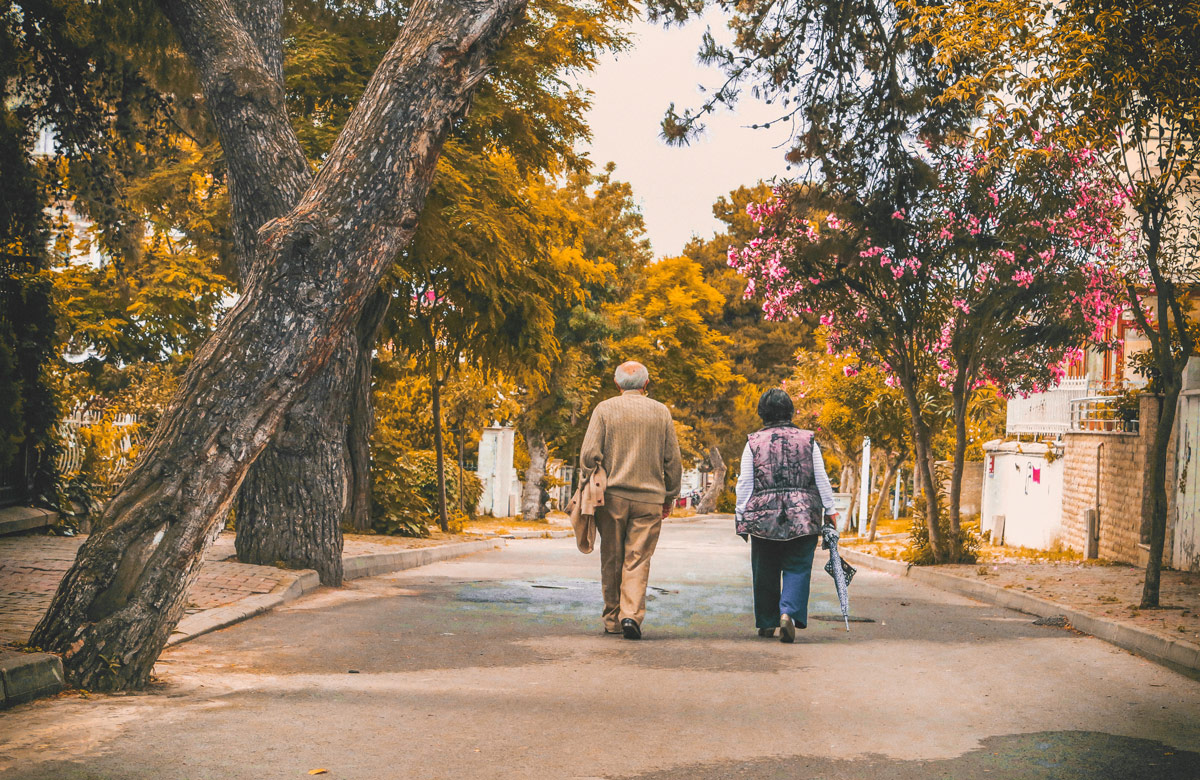Home Care Assistance is Changing the Way the World Ages. This is the latest installment of our “How To” series, where we lay out smart and easy-to-understand advice on navigating the aging process.
Finding ways for house-bound seniors to stay active while socially distancing isn’t easy – especially if limited mobility is an added challenge to navigate. But making time to move, or encouraging a loved one from afar, is important, particularly for seniors.
Where do you begin? First thing’s first: always keep safety in mind. The Canadian Society for Exercise Physiology has built out physical activity guidelines for those aged 65 and up who don’t have a suspected or diagnosed medical condition. More specifically, consulting with your doctor (many are doing phone consultations) before you start anything new is important.
With a good understanding of what’s appropriate, or the doctor’s go-ahead, the key comes back to creative exercise. Thinking outside the box can help you transform a living room into a physical activity zone where seniors can safely and regularly get moving in a way that works for them.
Getting started doesn’t have to be hard. If you need inspiration, keep these three best practices in mind:
Turn your chair into a personal gym.
A kitchen chair holds a wealth of exercise potential. Also, this: with the weather finally improving, a senior who’s able to leave the house can make the most of their patio to get some seated exercise and fresh air at the same time.
“Just because you’re in a chair doesn’t mean you have to sit still,” explains Toni Sommerford, Personal Trainer, Coach and Owner of Evolve Fitness. “Simple seated chest rotations from side to side will loosen the spine and increase mobility. Alternately raising your hands and knees is another great option. Bending the elbow to move the hand up to the shoulder counts as a bicep curl. Even leaning forward in your chair with your hands by your side and moving your arms backwards can be a great way to move while sitting.”
Sommerford, who leads fitness classes for all ages including seniors, also suggests being inventive with whatever ‘equipment’ you have around the house to get the endorphins flowing. “Not everyone has access to weights, but that shouldn’t stop us. Look around your home. Do you have bags of sugar, canned tomatoes, or filled water bottles? All add resistance which will help with your bone density and add another dimension to your workout.”
Get your feet on the street.
Anyone who’s mobile enough to go for a walk can make a real impact on their daily routine simply by pounding the pavement at a pace that’s right for their ability level. If you or your loved ones were inspired by Captain Tom Moore’s now famous 100 laps of his garden this spring, maybe trying an adapted version in your own yard is a good next step.
Starting a walking program that’s right for you can be as attainable as walking for five to 10 minutes every day, or simply increasing your number of steps by 300 to 400 daily. Making walking a habit can break up the monotony of social distancing – even if that’s just taking a slow turn around the back yard or to the corner and back. In fact, adding any amount of physical activity can bring some level of health benefit.
If you’re able to walk and talk to a friend or relative on the phone – or from an appropriate two metres away – you can feed two birds with one scone, and turn exercise into a social connection.
Stretch it out.
Good news: stretch and flexibility programs have shown positive impacts for older adults. From creating greater flexibility to reducing overall body pain: stretching may help. Even better news? Building some stretching into a daily routine while distancing at home doesn’t have to be hard.
Best done when the body is warm (after another type of exercise or even a bath or shower), stretching can be adapted to any mobility level. Thinking big picture about your body and building out a routine that covers you from top to tail is important.
We’ve built out a series of eight easy stretches seniors can adapt to their own needs and safely work through from home. The neck, shoulders, torso, and hips all stand to gain from some light stretching. Don’t forget the arms, wrists and hands while you’re at it.
Closing thoughts
Moderately intense aerobic exercise has been linked to improvements in cognitive function and health-related quality of life among the elderly with mild cognitive impairment. Overall, research has shown exercise to have a positive effect on anxiety, stress, depression, inflammation and a range of other psychological, physiological and immunological functions. Bottom line? Fitness feels good. Finding something that puts a smile on your face, gets your endorphins flowing, and fits your physical capability can make a world of difference on any given day, but especially these days.

